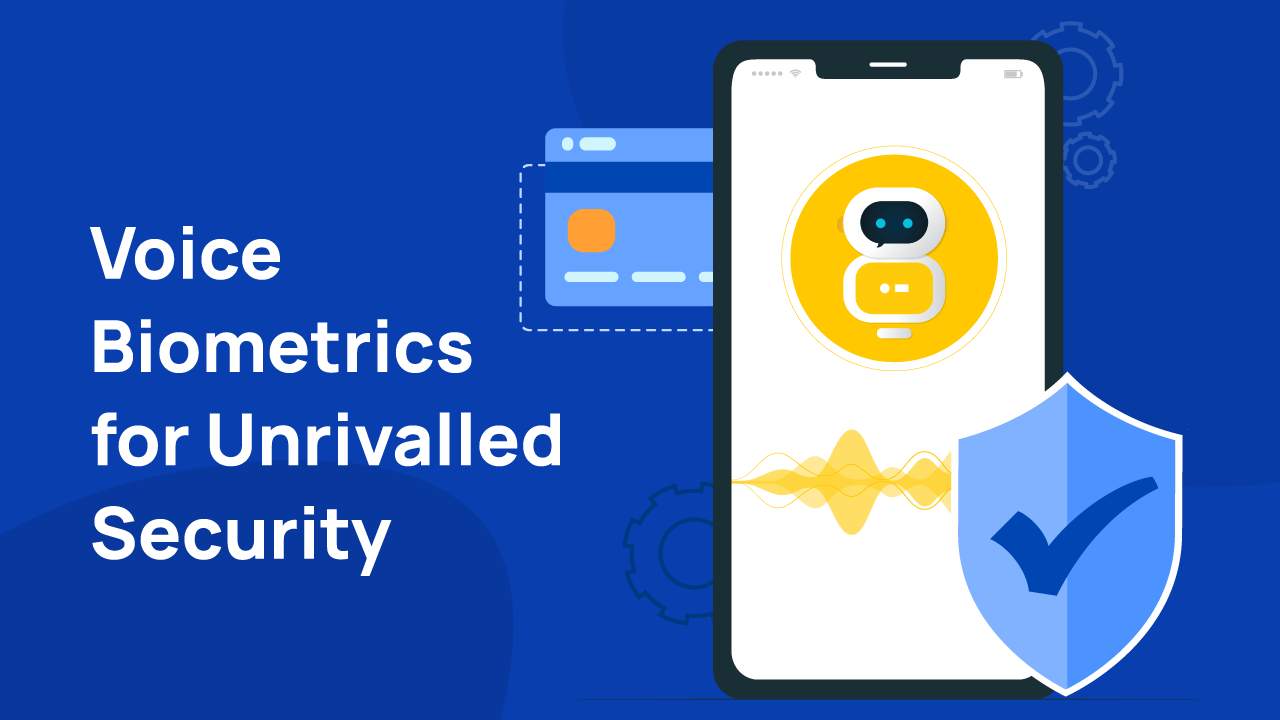Did You Expect Live Chat to Reduce Call Volumes? Think Again Paid Members Public
In the dynamic landscape of financial services, financial institutions constantly seek innovative ways to enhance customer experience and operational efficiency. A popular strategy has been the adoption of live chat systems, which is…
Latest Advancements In AI & What’s In It For Financial Institutions Paid Members Public
Artificial Intelligence (AI) has revolutionized numerous industries, and the financial sector is no different. With its ability to enhance customer experiences and optimize operations, AI has become a game-changer for financial institutions. In…
Breaking the Chain: Why Your AI Strategy Shouldn’t be Tied to Your Channel Vendor Paid Members Public
As technology continues to advance, one thing becomes clearer each day – AI is not just a complementary software that can be added to your banking channels. Instead, AI is a powerful tool…

Worried about Deep Fake Voice? Embrace Voice Biometrics for Unrivalled Security Paid Members Public
The era of deep fake voices, manipulative enough to trick an individual into believing that they are interacting with a known entity, has become a national concern. This situation is particularly alarming for…

Case Study – How financial institutions are successfully navigating operational challenges during mergers & migrations with interface.ai’s AI-Powered Phone Banking Paid Members Public
There have been a few significant trends in the financial industry over the past several years. One such trend is consolidation among Credit Unions and Community Banks. For instance, there were nearly 24k…
Why Financial Institutions Are Moving to Intelligent Virtual Assistants from Outsourced Call Centers Paid Members Public
Why are AI-based Intelligent Virtual Assistants Better for Financial Institutions For banks, credit unions, and other financial institutions, providing high-quality customer support is essential for building and maintaining customer relationships. Traditionally, overflow contact…
Active Voice Or Passive Voice Authentication – Which Is Best For Your FI? Paid Members Public
Technologies that minimize operational inefficiencies while enhancing customer service are becoming increasingly crucial for financial institutions. Voice authentication is one such solution that uses advanced security measures to combat fraud while also improving…
19 Credit Union Leagues Endorse interface.ai As The Preferred Artificial Intelligence Vendor Paid Members Public
After a detailed evaluation process of numerous players in the Artificial Intelligence (AI) space, we are very excited to announce that 19 Credit Union Leagues & Associations (overseeing 23 states) have endorsed interface.ai…


